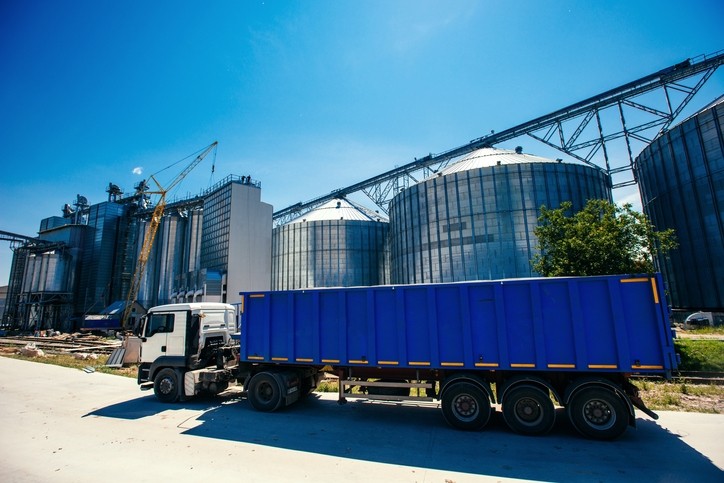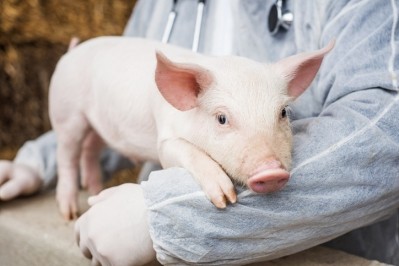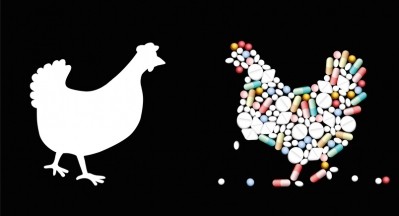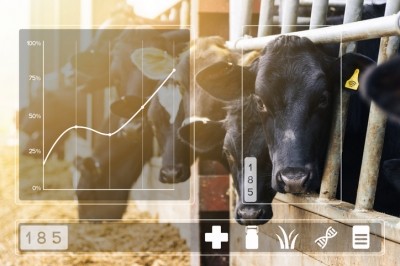EFSA asked to carry out risk assessment under medicated feed rules

The need for such risk assessment was stipulated in the new EU medicated feed regulation.
The Commission, in its request to the European Food Safety Authority (EFSA), stressed that cutting AMR is a priority in the EU: “Several measures have already been put in place to limit its development. In 2006, the EU banned the use of antibiotics as feed additives for growth promotion. The provisions established in the new medicated feed regulation are further concrete actions to deal with the issue.”
It said the cross-contamination of non-target feed with antimicrobials has been identified as one of the core issues addressed in this context. Non-target feed is feed, whether medicated or not, that is not intended to contain a specific active substance.
Only very limited data are available on the link between a low concentration of an antimicrobial in feed, the development of resistance in microbial agents relevant for human and animal health - zoonotic bacteria, commensals, animal pathogens - and the possible transfer of resistance determinants and/or resistant agents to humans, noted the Commission.
“Therefore, it would be appropriate to investigate the effect of the exposure to the antimicrobials at low concentrations via feed on the microbiota of animals, and in particular the selection for resistance in microbial agents relevant for human and animal health.”
EFSA, which is to carry out the risk assessment in collaboration with the European Medicines Agency (EMA), was also asked to consider the impact on the environment of the low-level concentrations of such agents in feed, where possible.
In addition, the Commission asked the Parma-based risk assessor to evaluate which levels of the antimicrobials have a growth promotion effect.
EFSA said it would deliver the scientific opinion by September 30 2021.
Will the Authority have access to sufficient data to ensure a comprehensive evaluation?
"Medicated feed is produced using veterinary medicines that have been specifically assessed and authorized for that route of administration. We have confidence in the scientific ability of EFSA to carry out the risk assessment laid out in the mandate from the EU Commission," David John, senior technical manager at animal medicine and vaccine trade body, AnimalhealthEurope, told FeedNavigator.
How cross-contamination in feed can occur
The Commission outlined, in its mandate to EFSA, that cross-contamination may occur during manufacture, processing, storage or transport of feed where the same production and processing equipment, including for mobile mixing, storage facilities or means of transport are used for feed with different components.
“For the purposes of the medicated feed regulation, the concept of cross-contamination is used specifically to designate the transfer of traces of an active substance contained in a medicated feed to a non-target feed. Contamination of non-target feed with active substances contained in medicated feed should be avoided or kept as low as possible.”
Cross-contamination limits had long been proving an issue for European feed manufacturing industry representatives, FEFAC, in relation to medicated feed regulatory developments.
Arnaud Bouxin, deputy secretary general FEFAC, told us last July: “At a certain point in time, the EU Council wanted to set ‘tolerances’ for carry-over of active substances in non-target feed at very low, conservative levels, pending a risk assessment by the European Food Safety Authority (EFSA).
“Our concern was that these levels were not technically achievable.”
A compromise on those limits was subsequently reached in the new rules, he said, whereby, until the EFSA scientific risk assessment was done, national maximum levels of cross-contamination for active substances in non-target feed, regardless of its origin, should apply.














